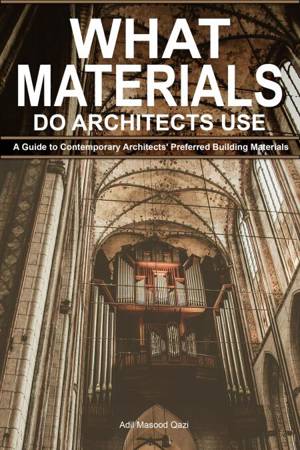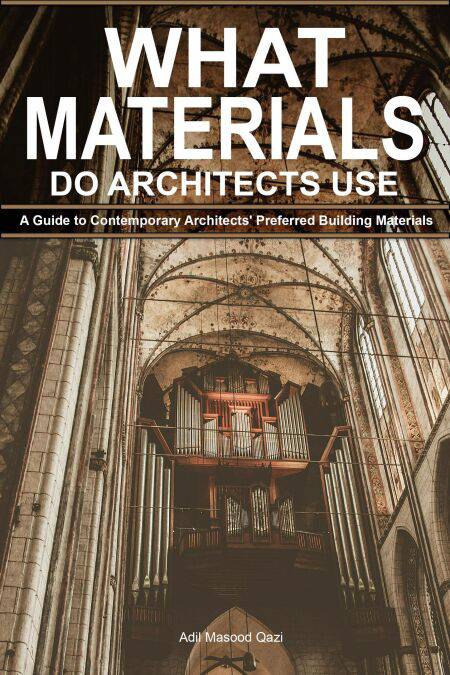
- Retrait gratuit dans votre magasin Club
- 7.000.000 titres dans notre catalogue
- Payer en toute sécurité
- Toujours un magasin près de chez vous
- Retrait gratuit dans votre magasin Club
- 7.000.0000 titres dans notre catalogue
- Payer en toute sécurité
- Toujours un magasin près de chez vous
What Materials Do Architects Use: A Guide to Contemporary Architects' Preferred Building Materials EBOOK
Adil Masood QaziDescription
A perceptive review of the various materials influencing current architecture may be found in "What Materials Do Architects Use: A Guide to Contemporary Architects' Preferred Building Materials".
This thorough reference explores the importance of material selection in the architectural process and highlights how it affects a building's appearance, functionality, and environmental impact.
It looks at the innovative ways that conventional materials, like bricks and mortar, have been repurposed for contemporary applications, striking a balance between history and cutting-edge design.
The guide devotes a lot of space to common facade materials, like stone, metal panels, and glass. Glass is praised for its capacity to create light-filled, transparent rooms, adding to the sleek, contemporary architecture of modern structures.
The future of construction materials is also covered in the book, with a focus on sustainability and the creation of eco-friendly alternatives.
It showcases cutting-edge materials that lessen their impact on the environment and support sustainable building techniques, like plant-based substitutes, recycled plastics, and biodegradable composites. In-depth analysis is also done on the revolutionary effects of 3D printing and prefabrication on construction efficiency, as well as the potential of smart materials that can react to changes in the environment.
In a nutshell "What Materials Do Architects Use" is a crucial manual for comprehending the varied and dynamic range of materials that modern architects can choose from. It gives a thorough picture of how material choices affect the built environment by shedding light on the aesthetic, functional, and environmental factors that influence the process of choosing materials.
Spécifications
Parties prenantes
- Auteur(s) :
- Editeur:
Contenu
- Langue:
- Anglais
Caractéristiques
- EAN:
- 9798227101273
- Date de parution :
- 13-07-24
- Format:
- Ebook
- Protection digitale:
- Adobe DRM
- Format numérique:
- ePub

Les avis
Nous publions uniquement les avis qui respectent les conditions requises. Consultez nos conditions pour les avis.






